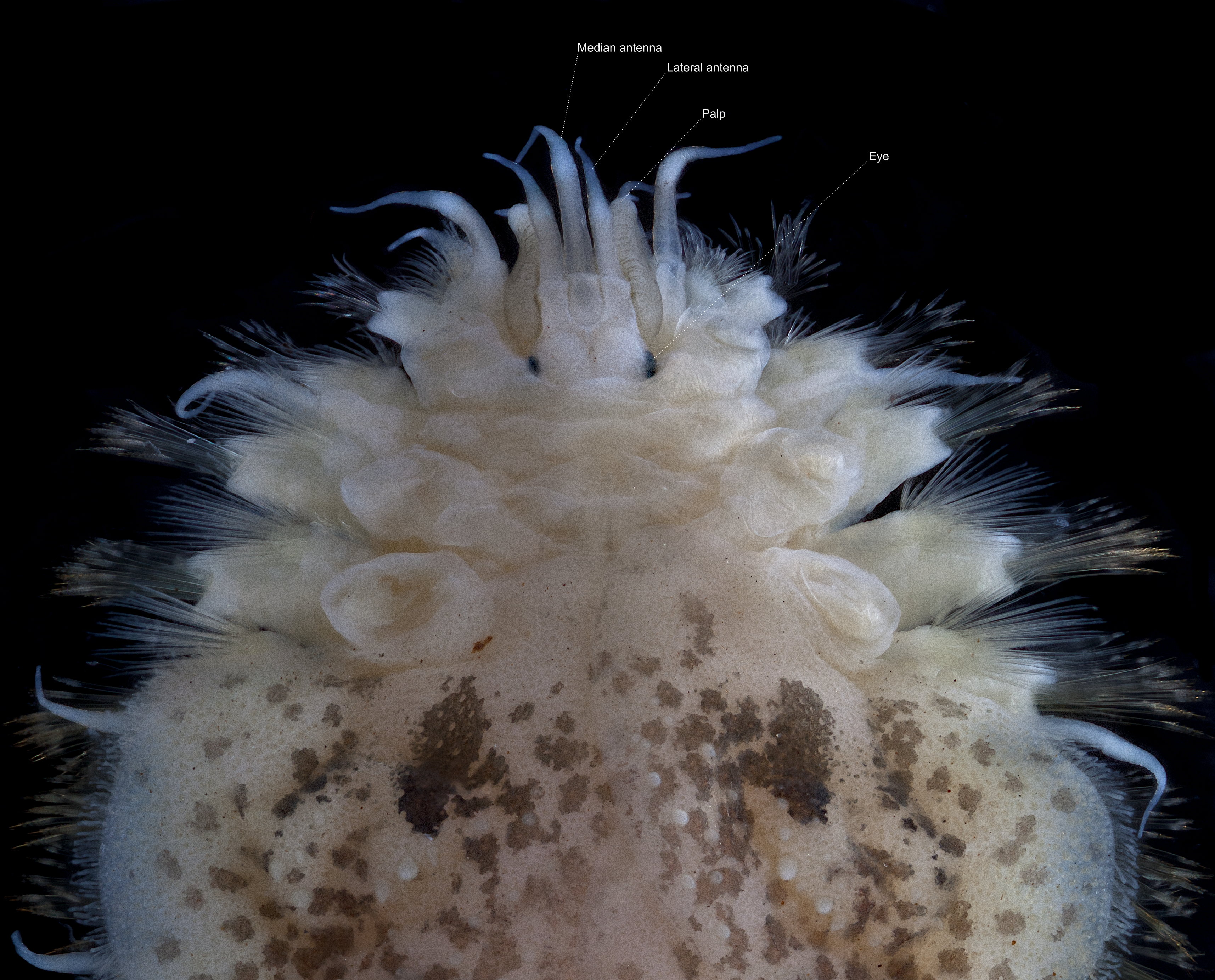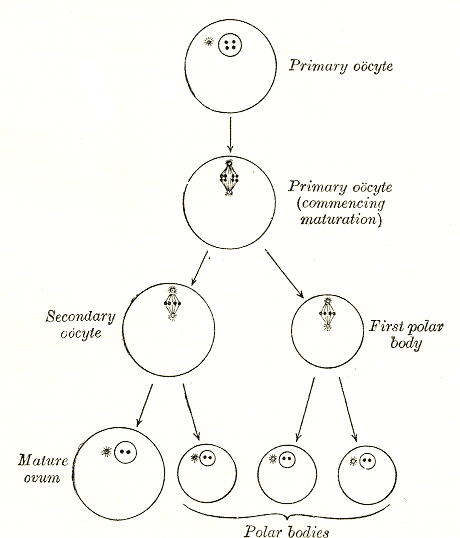|
Cirratulus Cirratus
''Cirratulus cirratus'' is a species of marine Polychaeta, polychaete worm in the family Cirratulidae. It occurs in the littoral and sub-littoral zones of the Atlantic Ocean. Polychaetes, or marine bristle worms, have elongated bodies divided into many segments. Each Segmentation (biology), segment may bear setae (bristles) and Parapodium, parapodia (paddle-like appendages). Some species live freely, either swimming, crawling or burrowing, and these are known as "errant". Others live permanently in tubes, either calcareous or parchment-like, and these are known as "sedentary". Description ''Cirratulus cirratus'' grows to up to thirty centimetres long with up to 150 segments. It has a slender, orange, pinkish or brownish body. The prostomium or head is a blunt cone with a row of 4 to 8 large black eyes on either side. The first segment bears two groups of up to eight feeding tentacles. At intervals along the body there are pairs of long slender gills which look like a mass of redd ... [...More Info...] [...Related Items...] OR: [Wikipedia] [Google] [Baidu] |
Cirratulidae
Cirratulidae is a family of marine polychaete worms. Members of the family are found worldwide, mostly living in mud or rock crevices. Most are deposit feeders, but some graze on algae or are suspension feeders. Although subject to multiple revisions over time, cirratulids are among the few polychaete clades with a verified fossil record. Description Cirratulids vary in size from one to twenty centimetres long. They are mostly burrowers in soft sediments but some live in rock crevices. The head is conical or wedge-shaped and has no antennae. The body is generally cylindrical, tapering at both ends. Cirratulids are characterised by a large number of simple elongate filaments along the body. Some of these occur as an anterior cluster of tentacles, grooved for deposit-feeding, but the majority, the branchiae, are found one pair per segment, and do not have grooves. The chaetae (bristles) are simple capillaries, usually with hooks, and emerge directly from the body wall. There are ... [...More Info...] [...Related Items...] OR: [Wikipedia] [Google] [Baidu] |
Otto Friedrich Müller
Otto Friedrich Müller, also known as Otto Friedrich Mueller (2 November 1730 – 26 December 1784) was a Denmark, Danish natural history, naturalist and scientific illustrator. Biography Müller was born in Copenhagen. He was educated for the church, became tutor to a young nobleman, and after several years' travel with him, settled in Copenhagen in 1767, and married a lady of wealth. His first important works, ''Fauna Insectorum Friedrichsdaliana'' (Leipzig, 1764), and ''Flora Friedrichsdaliana'' (Strasbourg, 1767), giving accounts of the insects and flora of the estate of Frederiksdal House, Frederiksdal, near Copenhagen, recommended him to Frederick V of Denmark, by whom he was employed to continue the ''Flora Danica'' a comprehensive atlas of the flora of Denmark. Müller added two volumes to the three published by Georg Christian Oeder since 1761. The study of invertebrates began to occupy his attention almost exclusively, and in 1771 he produced a work in German on “Cer ... [...More Info...] [...Related Items...] OR: [Wikipedia] [Google] [Baidu] |
Species
A species () is often defined as the largest group of organisms in which any two individuals of the appropriate sexes or mating types can produce fertile offspring, typically by sexual reproduction. It is the basic unit of Taxonomy (biology), classification and a taxonomic rank of an organism, as well as a unit of biodiversity. Other ways of defining species include their karyotype, DNA sequence, morphology (biology), morphology, behaviour, or ecological niche. In addition, palaeontologists use the concept of the chronospecies since fossil reproduction cannot be examined. The most recent rigorous estimate for the total number of species of eukaryotes is between 8 and 8.7 million. About 14% of these had been described by 2011. All species (except viruses) are given a binomial nomenclature, two-part name, a "binomen". The first part of a binomen is the name of a genus to which the species belongs. The second part is called the specific name (zoology), specific name or the specific ... [...More Info...] [...Related Items...] OR: [Wikipedia] [Google] [Baidu] |
Segmentation (biology)
Segmentation in biology is the division of some animal and plant body plans into a linear series of repetitive segments that may or may not be interconnected to each other. This article focuses on the segmentation of animal body plans, specifically using the examples of the taxa Arthropoda, Chordata, and Annelida. These three groups form segments by using a "growth zone" to direct and define the segments. While all three have a generally segmented body plan and use a growth zone, they use different mechanisms for generating this patterning. Even within these groups, different organisms have different mechanisms for segmenting the body. Segmentation of the body plan is important for allowing free movement and development of certain body parts. It also allows for regeneration in specific individuals. Definition Segmentation is a difficult process to satisfactorily define. Many taxa (for example the molluscs) have some form of serial repetition in their units but are not conventi ... [...More Info...] [...Related Items...] OR: [Wikipedia] [Google] [Baidu] |
Setae
In biology, setae (; seta ; ) are any of a number of different bristle- or hair-like structures on living organisms. Animal setae Protostomes Depending partly on their form and function, protostome setae may be called macrotrichia, chaetae, scales, or informally, hairs. The setal membrane is not cuticularized, so movement is possible. Annelid setae are stiff bristles present on the body. They allow earthworms and their relatives to attach to the surface and prevent backsliding during peristaltic motion. These hairs make it difficult to pull a worm straight from the ground. Setae in oligochaetes (the group including earthworms) are largely composed of chitin. They are classified according to the limb to which they are attached; for instance, notosetae are attached to notopodia; neurosetae to neuropodia. The setae on polychaete worms are referred to as chaeta due to their differing morphology. Crustaceans have mechano- and chemosensory setae. Setae are especially pres ... [...More Info...] [...Related Items...] OR: [Wikipedia] [Google] [Baidu] |
Parapodium
In invertebrates, the term parapodium ( Gr. ''para'', beyond or beside + ''podia'', feet; : parapodia) refers to lateral outgrowths or protrusions from the body. Parapodia are predominantly found in annelids, where they are paired, unjointed lateral outgrowths that bear the chaetae. In several groups of sea snails and sea slugs, 'parapodium' refers to lateral fleshy protrusions. __TOC__ Annelid parapodia Most species of polychaete annelids have paired, fleshy parapodia which are segmentally arranged along the body axis. Parapodia vary greatly in size and form, reflecting a variety of functions, such as, anchorage, protection and locomotion. General description Parapodia in polychaetes can be uniramous (consisting of one lobe or ramus) but are usually biramous (two lobes or rami). In the latter case, the dorsal lobes are called notopodia and the ventral lobes neuropodia. Both neuropodia and notopodia may possess a bundle of chaetae (neurochaetae and notochaetae respectively ... [...More Info...] [...Related Items...] OR: [Wikipedia] [Google] [Baidu] |
Prostomium
The prostomium (From Ancient Greek, meaning "before the mouth"; : prostomia; sometimes also called the "acron") is the Cephalization, cephalized first body segment in an annelid worm's body at the anterior end. It is in front of (but does not include) the mouth, being usually a small shelf- or lip-like extension over the dorsal side of the mouth. The prostomium together with the peristomium, which includes the mouth and pharynx#Invertebrates, pharynx, make up the annelid head. Description The prostomium is part of the head and holds at least part of the brain and often bears sensory structures such as the simple eye in invertebrates, eyes, antenna (biology), antennae and palps. It may function like a kind of overlip when the animal is feeding. The prostomium bears many important taxonomic characters and its shape and composition are important for annelid systematics. In addition to the eyes, antennae and palps, the prostomium can possess appendages such as tentacles or cirrus ... [...More Info...] [...Related Items...] OR: [Wikipedia] [Google] [Baidu] |
Gill
A gill () is a respiration organ, respiratory organ that many aquatic ecosystem, aquatic organisms use to extract dissolved oxygen from water and to excrete carbon dioxide. The gills of some species, such as hermit crabs, have adapted to allow respiration on land provided they are kept moist. The microscopic structure of a gill presents a large surface area to the external environment. Branchia (: branchiae) is the zoologists' name for gills (from Ancient Greek ). With the exception of some aquatic insects, the filaments and lamella (surface anatomy), lamellae (folds) contain blood or Coelom#Coelomic fluid, coelomic fluid, from which gases are exchanged through the thin walls. The blood carries oxygen to other parts of the body. Carbon dioxide passes from the blood through the thin gill tissue into the water. Gills or gill-like organs, located in different parts of the body, are found in various groups of aquatic animals, including Mollusc, molluscs, crustaceans, insects, fish, a ... [...More Info...] [...Related Items...] OR: [Wikipedia] [Google] [Baidu] |
Littoral Zone
The littoral zone, also called litoral or nearshore, is the part of a sea, lake, or river that is close to the shore. In coastal ecology, the littoral zone includes the intertidal zone extending from the high water mark (which is rarely flood, inundated), to coastal areas that are permanently underwater, submerged — known as the ''foreshore'' — and the terms are often used interchangeably. However, the geographical meaning of ''littoral zone'' extends well beyond the intertidal zone to include all neritic waters within the bounds of continental shelves. Etymology The word ''littoral'' may be used both as a noun and as an adjective. It derives from the Latin language, Latin noun ''litus, litoris'', meaning "shore". (The doubled ''t'' is a late-medieval innovation, and the word is sometimes seen in the more classical-looking spelling ''litoral''.) Description The term has no single definition. What is regarded as the full extent of the littoral zone, and the way the littora ... [...More Info...] [...Related Items...] OR: [Wikipedia] [Google] [Baidu] |
Filter Feeder
Filter feeders are aquatic animals that acquire nutrients by feeding on organic matters, food particles or smaller organisms (bacteria, microalgae and zooplanktons) suspended in water, typically by having the water pass over or through a specialized filtering organ that sieves out and/or traps solids. Filter feeders can play an important role in condensing biomass and removing excess nutrients (such as nitrogen and phosphate) from the local waterbody, and are therefore considered water-cleaning ecosystem engineers. They are also important in bioaccumulation and, as a result, as indicator organisms. Filter feeders can be sessile, planktonic, nektonic or even neustonic (in the case of the buoy barnacle) depending on the species and the niches they have evolved to occupy. Extant species that rely on such method of feeding encompass numerous phyla, including poriferans ( sponges), cnidarians (jellyfish, sea pens and corals), arthropods ( krill, mysids and barna ... [...More Info...] [...Related Items...] OR: [Wikipedia] [Google] [Baidu] |
Oocyte
An oocyte (, oöcyte, or ovocyte) is a female gametocyte or germ cell involved in reproduction. In other words, it is an immature ovum, or egg cell. An oocyte is produced in a female fetus in the ovary during female gametogenesis. The female germ cells produce a primordial germ cell (PGC), which then undergoes mitosis, forming oogonia. During oogenesis, the oogonia become primary oocytes. An oocyte is a form of genetic material that can be collected for cryoconservation. Formation The formation of an oocyte is called oocytogenesis, which is a part of oogenesis. Oogenesis results in the formation of both primary oocytes during fetal period, and of secondary oocytes after it as part of ovulation. Characteristics Cytoplasm Oocytes are rich in cytoplasm, which contains yolk granules to nourish the cell early in development. Nucleus During the primary oocyte stage of oogenesis, the nucleus is called a germinal vesicle. The only normal human type of secondary oocyte has the ... [...More Info...] [...Related Items...] OR: [Wikipedia] [Google] [Baidu] |








